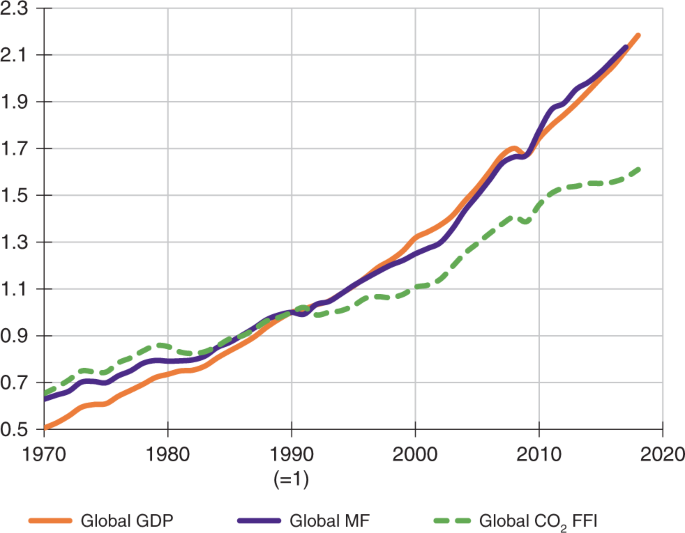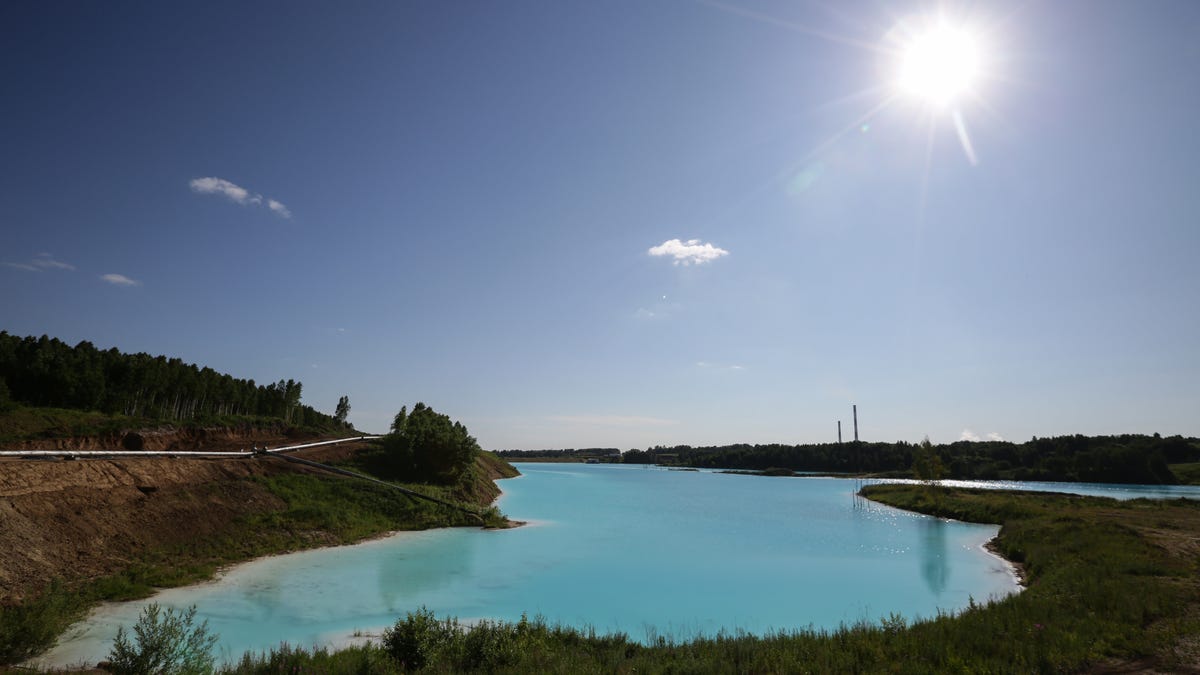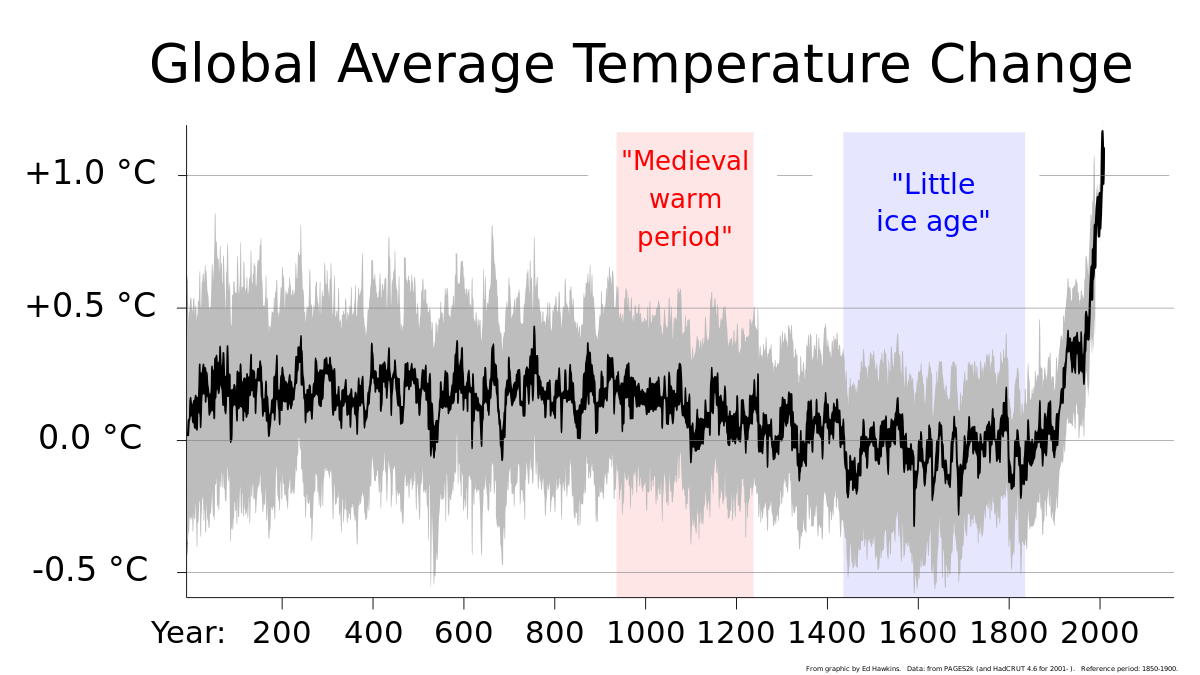California like Germany and Ontario during Kathleen Wynn's green energy act suffering from high electricity prices due to expensive green energie polices
To the detriment of those that can least afford expensive energy, California climate policies have driven up the cost of electricity and fuels to be among the highest in the country.
The cost burdens of those policies may be fueling (no pun intended) the basis of a rebellion as the state’s climate policies discriminate against minority and low-income consumers.
Franklin Roosevelt brought affordable electricity to rural America and oversaw the construction of massive dams that provided cheap electricity to every corner of America.
It was FDR, who in 1932 proclaimed that “electricity is no longer a luxury; it is a definite necessity.”
In California, stringent and deceptive climate policies, and intermittent electricity from low power density renewables, are expensive to consumers.
The report from the Energy Information Agency (EIA) shows that both have contributed to household users paying 50% more, and industrial users paying more than 100% more than the national average for electricity.
It gets bleaker in the coming years for the minority and low-income consumers, as the state will be phasing out its last nuclear reactor and Los Angeles Mayor Garcetti recently announced that Los Angeles will shut down three gas-powered electricity-generating power plants.
The Mayor, Governor, and every other elected and appointed official are deliberately ignoring the fact that Natural Gas generating plants currently provide about 47 percent of the state’s electricity.
Those four power plants that have been generating zero or low emission electricity for decades.
Shockingly, the state has NO plans to replace the upcoming closure of four power plants with intermittent renewables!
Last year alone the Energy Information Agency (EIA) reported that California was unable to generate enough electricity in-state and imported up to 29 percent of its electricity to meet its demands. The good news is that we have had no brownouts.
The bad news is that imported electricity comes at higher costs and are being borne by residents and businesses alike.
Without the huge land requirements for industrial wind and industrial solar renewable electricity, the need to import more will escalate every year, as well as the cost of that electricity.
California’s climate policies guarantee that housing, electricity prices, and transportation will continue to rise, while ‘gateway’ jobs to the middle class for those without college degrees, such as manufacturing and logistics, will continue to locate in other states.
It is unconscionable that time after time, California continually imposes new costs and restrictions on home-building which make housing even more expensive. This, which harms working families and minority communities the most.
Following the “live lynching” of George Floyd, one would think the same folks that are demonstrating their rebellion about racial injustices within the police department (protesting both nationally and worldwide) would be the same folks being racially biased with more costs for energy they cannot afford.
By culminating that pain into protests of “enough is enough” and seek changes to lower the costs of energy for the poor.
Automobiles are the survival mechanism for low-income people. If you try to increase the cost of automobiles and the costs of fuel, you hurt low-income people.
Of whom are already forced to pay almost $1.00 more per gallon of fuel than the rest of the country.
Some of the taxes and climate policy costs hidden in the all-in posted price of fuel at the pump are federal tax, excise tax, state tax, local sales tax, cap and trade program compliance costs, low-carbon fuel standard program compliance costs, renewable fuels standard program compliance costs, and the refinery winter and summer reformatting costs.
Many of the state’s poor and people of color tend to live in the state’s inland areas that need more heating and cooling than the temperate coast and drive farthest to jobs due to the acute housing crisis.
Misguided Sacramento policies have forced California to be the only state in contiguous America that imports most of its crude oil energy from foreign countries.
That dependence has increased imported crude oil from foreign countries from 5 percent in 1992 to 58 percent today of total consumption.
The imported crude oil costs California more than $60 million dollars a day, yes, every day, being paid to oil-rich foreign countries, depriving Californians of jobs, careers, and business opportunities.
We’ve yet to receive any thank you cards from foreign suppliers for the states’ policies that are making wealthy countries, wealthier!
The Governor perpetuates the continuous cost increases with his mission to markedly reduce in-state oil production even more.
He is seeking to permanently ban oil-shale fracking technology’s use which would INCREASE costly foreign crude oil imports to California.
All to fill the gap of ever-declining California and Alaska production, further crippling the State, forcing the continuation of California as a remarkable national security risk for the USA.
The recent spate of rioting to improve racial biasing reflects how little the urban renaissance has done for its poorer citizens.
In fact, the number of high-poverty urban areas has grown steadily over the past few decades and doubled in population between 1980 and 2018.
The biggest drops in hiring have been concentrated in recreation and travel, largely “personal contact” jobs that employ many low-wage workers.
To be sure, COVID-19, like earlier pandemics throughout history, further devastated these poorer communities.
People who live in crowded housing, are forced to ride transit, and work in the most exposed “essential” jobs (most of them low-paying) are bound to be disproportionately affected by a public health crisis.
These inner-city residents deserve something more than cheap expressions of sympathy and solidarity from the affluent while they impose unbearable costs for the energy to survive.
Only by reducing rather than increasing the cost of energy, can we restore broad upward mobility potential for the underclass and hope to maintain a healthy democratic society.
Racial biasing from police may be seeing major reforms in the future. This resulting from the public protests occurring on city streets about the deep tradition of racial prejudice and violence against African Americans by law enforcement.
Yet the financial racial biasing of climate policies against the poorest residents, particularly Latinos and African Americans will continue into perpetuity under the current leadership.
Read more at CFACT
To the detriment of those that can least afford expensive energy, California climate policies have driven up the cost of electricity and fuels to be among the highest in the country.
The cost burdens of those policies may be fueling (no pun intended) the basis of a rebellion as the state’s climate policies discriminate against minority and low-income consumers.
Franklin Roosevelt brought affordable electricity to rural America and oversaw the construction of massive dams that provided cheap electricity to every corner of America.
It was FDR, who in 1932 proclaimed that “electricity is no longer a luxury; it is a definite necessity.”
In California, stringent and deceptive climate policies, and intermittent electricity from low power density renewables, are expensive to consumers.
The report from the Energy Information Agency (EIA) shows that both have contributed to household users paying 50% more, and industrial users paying more than 100% more than the national average for electricity.
It gets bleaker in the coming years for the minority and low-income consumers, as the state will be phasing out its last nuclear reactor and Los Angeles Mayor Garcetti recently announced that Los Angeles will shut down three gas-powered electricity-generating power plants.
The Mayor, Governor, and every other elected and appointed official are deliberately ignoring the fact that Natural Gas generating plants currently provide about 47 percent of the state’s electricity.
Those four power plants that have been generating zero or low emission electricity for decades.
Shockingly, the state has NO plans to replace the upcoming closure of four power plants with intermittent renewables!
Last year alone the Energy Information Agency (EIA) reported that California was unable to generate enough electricity in-state and imported up to 29 percent of its electricity to meet its demands. The good news is that we have had no brownouts.
The bad news is that imported electricity comes at higher costs and are being borne by residents and businesses alike.
Without the huge land requirements for industrial wind and industrial solar renewable electricity, the need to import more will escalate every year, as well as the cost of that electricity.
California’s climate policies guarantee that housing, electricity prices, and transportation will continue to rise, while ‘gateway’ jobs to the middle class for those without college degrees, such as manufacturing and logistics, will continue to locate in other states.
It is unconscionable that time after time, California continually imposes new costs and restrictions on home-building which make housing even more expensive. This, which harms working families and minority communities the most.
Following the “live lynching” of George Floyd, one would think the same folks that are demonstrating their rebellion about racial injustices within the police department (protesting both nationally and worldwide) would be the same folks being racially biased with more costs for energy they cannot afford.
By culminating that pain into protests of “enough is enough” and seek changes to lower the costs of energy for the poor.
Automobiles are the survival mechanism for low-income people. If you try to increase the cost of automobiles and the costs of fuel, you hurt low-income people.
Of whom are already forced to pay almost $1.00 more per gallon of fuel than the rest of the country.
Some of the taxes and climate policy costs hidden in the all-in posted price of fuel at the pump are federal tax, excise tax, state tax, local sales tax, cap and trade program compliance costs, low-carbon fuel standard program compliance costs, renewable fuels standard program compliance costs, and the refinery winter and summer reformatting costs.
Many of the state’s poor and people of color tend to live in the state’s inland areas that need more heating and cooling than the temperate coast and drive farthest to jobs due to the acute housing crisis.
Misguided Sacramento policies have forced California to be the only state in contiguous America that imports most of its crude oil energy from foreign countries.
That dependence has increased imported crude oil from foreign countries from 5 percent in 1992 to 58 percent today of total consumption.
The imported crude oil costs California more than $60 million dollars a day, yes, every day, being paid to oil-rich foreign countries, depriving Californians of jobs, careers, and business opportunities.
We’ve yet to receive any thank you cards from foreign suppliers for the states’ policies that are making wealthy countries, wealthier!
The Governor perpetuates the continuous cost increases with his mission to markedly reduce in-state oil production even more.
He is seeking to permanently ban oil-shale fracking technology’s use which would INCREASE costly foreign crude oil imports to California.
All to fill the gap of ever-declining California and Alaska production, further crippling the State, forcing the continuation of California as a remarkable national security risk for the USA.
The recent spate of rioting to improve racial biasing reflects how little the urban renaissance has done for its poorer citizens.
In fact, the number of high-poverty urban areas has grown steadily over the past few decades and doubled in population between 1980 and 2018.
The biggest drops in hiring have been concentrated in recreation and travel, largely “personal contact” jobs that employ many low-wage workers.
To be sure, COVID-19, like earlier pandemics throughout history, further devastated these poorer communities.
People who live in crowded housing, are forced to ride transit, and work in the most exposed “essential” jobs (most of them low-paying) are bound to be disproportionately affected by a public health crisis.
These inner-city residents deserve something more than cheap expressions of sympathy and solidarity from the affluent while they impose unbearable costs for the energy to survive.
Only by reducing rather than increasing the cost of energy, can we restore broad upward mobility potential for the underclass and hope to maintain a healthy democratic society.
Racial biasing from police may be seeing major reforms in the future. This resulting from the public protests occurring on city streets about the deep tradition of racial prejudice and violence against African Americans by law enforcement.
Yet the financial racial biasing of climate policies against the poorest residents, particularly Latinos and African Americans will continue into perpetuity under the current leadership.
Read more at CFACT
































